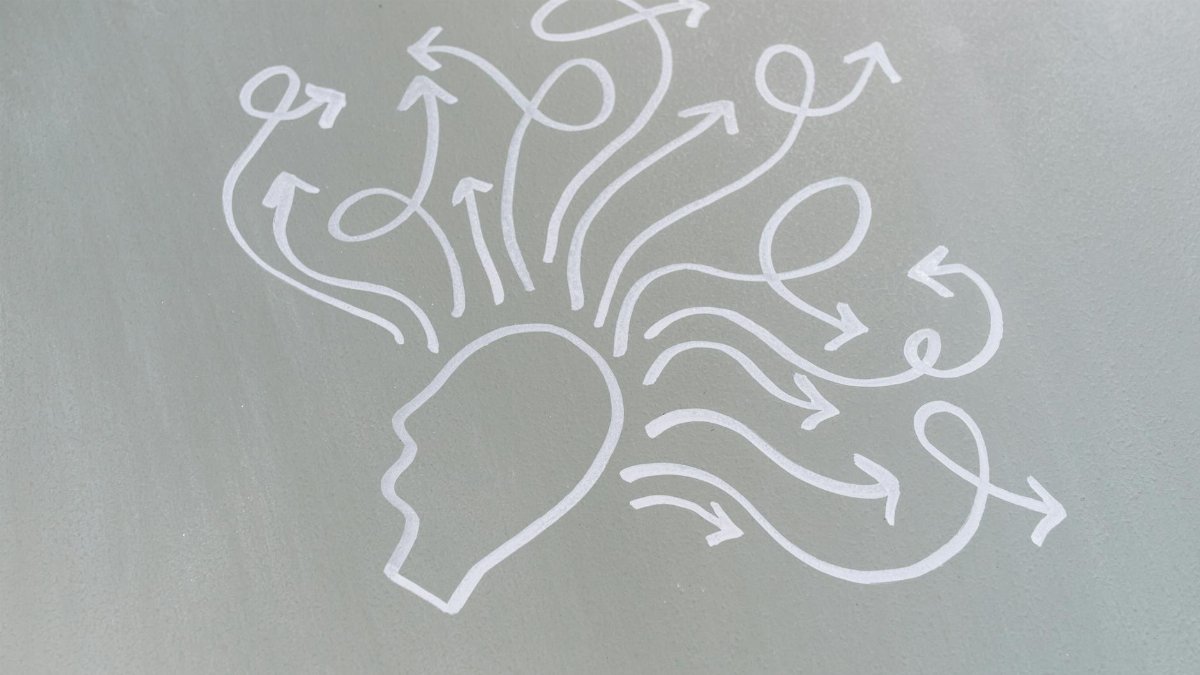What if the body has been trying to warn us about burnout long before we notice the crash? In a culture that often glorifies pushing through exhaustion, many Americans are missing subtle signals that their nervous system is pleading for a break. These cues—racing thoughts, shallow breathing, or even a nagging sense of unease—can appear weeks or months before full-blown burnout takes hold. Recognizing them isn’t just about avoiding collapse; it’s about reclaiming balance through nervous system healing, a practice gaining traction across the U.S. as more people seek ways to recalibrate in a high-stress world. From somatic techniques to mindfulness, this approach offers tools to listen to the body’s whispers before they become screams. So, what are these early warning signs? And how can tuning into them prevent a deeper spiral? Let’s unpack 10 nervous system cues that deserve attention now.
1. Constant Mental Chatter

The mind that won’t quiet down is often the first red flag. For many, it’s a loop of to-dos, worries, or replayed conversations that persists even during supposed downtime. This mental chatter isn’t just annoying—it’s a sign the nervous system is stuck in overdrive, unable to shift into a state of rest. Research from the National Institutes of Health highlights how chronic stress keeps the brain in a heightened state, disrupting sleep and emotional regulation. Nervous system healing practices, like guided meditation or journaling, can help interrupt this cycle by giving the mind a focused outlet. One person described the relief as “finally turning down the volume on a radio stuck on static.” The key is noticing when thoughts race without purpose and gently redirecting them before they exhaust the mind entirely.
2. Shallow or Rapid Breathing

Take a moment to notice the breath. Is it quick and shallow, barely reaching the belly? This subtle shift often goes undetected, yet it’s a direct line to the nervous system’s state. When stress dominates, the body defaults to chest breathing, a pattern tied to the fight-or-flight response. According to a study by Harvard Medical School, intentional deep breathing can activate the parasympathetic nervous system, signaling safety and calm. Try placing a hand on the abdomen during tense moments—does it rise and fall, or stay still? Slow, diaphragmatic breaths can be a first step in nervous system healing, rewiring the body to relax rather than react.
3. Unexplained Muscle Tension

Shoulders hunched near the ears, a clenched jaw, or a tight neck—these are more than just physical quirks. They’re the body’s way of holding onto stress, often without conscious awareness. A report from the Mayo Clinic notes that chronic tension can lead to pain or fatigue if unaddressed, signaling a nervous system under strain. Somatic practices, a cornerstone of nervous system healing, encourage gentle movement or body scans to release stored stress. Picture someone rolling their shoulders after a long day, only to realize they’ve been rigid for hours. That moment of awareness, paired with intentional relaxation, can prevent deeper physical and emotional wear.
4. Heightened Irritability

Snapping at a coworker over a minor issue or feeling on edge for no clear reason might not just be a bad mood. It can reflect a nervous system that’s overwhelmed, unable to process additional stimuli without overreacting. This irritability often stems from a dysregulated state, where the body is primed for threat rather than connection. Studies from American Psychological Association show prolonged stress impacts emotional resilience, making small triggers feel monumental. Taking a pause—stepping outside, breathing deeply, or even humming—can signal safety to the body, easing the tension. Recognizing this cue early offers a chance to reset before relationships or work suffer.
5. Disrupted Sleep Patterns

Lying awake at 2 a.m., mind buzzing, or waking up feeling unrested even after eight hours—these sleep disturbances often point to a nervous system that can’t downshift. Sleep is when the body repairs itself, but stress hormones like cortisol can sabotage that process. Research published by the National Institutes of Health links chronic stress to insomnia and fragmented sleep, creating a vicious cycle of exhaustion. Nervous system healing might involve pre-bed rituals like progressive muscle relaxation or limiting screen time to reduce stimulation. One anonymous account shared online described the shift after adopting a wind-down routine: “For the first time in years, I woke up without dread.” Small changes can signal to the body it’s safe to rest.
6. Feeling Disconnected or Numb

Sometimes the warning isn’t loud; it’s a quiet absence. Feeling detached from emotions, loved ones, or even one’s own body can indicate the nervous system has shut down to cope with overload. This numbness, often a protective mechanism, keeps stress at bay but also dulls joy and presence. Therapists often point to this as a sign of dissociation, a state where the nervous system prioritizes survival over engagement. Reconnecting through grounding exercises—feeling the texture of a chair, naming five things in the room—can slowly bring awareness back. It’s not about forcing emotion but gently reminding the body it’s okay to feel again.
7. Digestive Upsets Without Clear Cause

A knot in the stomach or sudden nausea before a meeting isn’t always about food. The gut-brain connection means stress often manifests physically in the digestive system, with symptoms like bloating or loss of appetite signaling nervous system distress. The Harvard Medical School explains how the vagus nerve ties emotions to gut health, amplifying discomfort during stress. Simple practices, like mindful eating or short walks after meals, can ease this burden. Paying attention to when these symptoms flare—often during high-pressure moments—can reveal patterns worth addressing before they become chronic.
8. Difficulty Focusing

Ever sat down to work only to find the mind wandering within minutes? This scattered focus isn’t just procrastination; it can be the nervous system signaling overload. When stress accumulates, cognitive functions like concentration take a hit, as the brain prioritizes perceived threats over mundane tasks. Research from the Mayo Clinic underscores how stress impairs memory and decision-making. Short breaks, paired with grounding techniques like focusing on a single sound, can help. It’s less about forcing productivity and more about creating space for the mind to settle before burnout looms.
9. Overreacting to Sensory Input

A loud noise that makes the heart race, or bright lights that suddenly feel unbearable—these overreactions hint at a nervous system on high alert. Sensory sensitivity often spikes when the body is overwhelmed, unable to filter out non-threatening stimuli. This hypervigilance, while protective in true danger, drains energy when triggered by everyday events. Techniques like creating a calm environment—dimming lights, reducing noise—can offer relief. One person recalled feeling rattled by a crowded store until they stepped outside for quiet: “It was like my whole body exhaled.” Noticing these triggers early can guide choices that prevent sensory overload.
10. Persistent Fatigue Despite Rest

Feeling drained even after a full night’s sleep or a lazy weekend is a deceptive cue. This isn’t just tiredness—it’s often the nervous system signaling it’s been running on empty for too long. Unlike physical exhaustion from a workout, this fatigue lingers, rooted in emotional and mental strain. Studies by the Centers for Disease Control and Prevention connect chronic stress to persistent fatigue, a precursor to burnout. Nervous system healing might mean prioritizing small, intentional rests throughout the day, not just at night. It’s a reminder that rest isn’t a luxury; it’s a necessity for resilience.
These 10 cues aren’t just random annoyances—they’re the body’s language, urging a pause before burnout takes over. Nervous system healing offers a way to listen, whether through breathwork, movement, or simply noticing what feels off. Across the U.S. in 2025, more people are turning to these practices, not as a cure-all, but as a way to rebuild balance in a world that often demands too much. The signals are there, woven into daily life. The question is whether we’ll slow down enough to heed them. Ignoring them risks a steeper fall, but responding—even imperfectly—can shift the trajectory toward something steadier. What’s one cue you’ve noticed lately? Starting there might just be enough.
